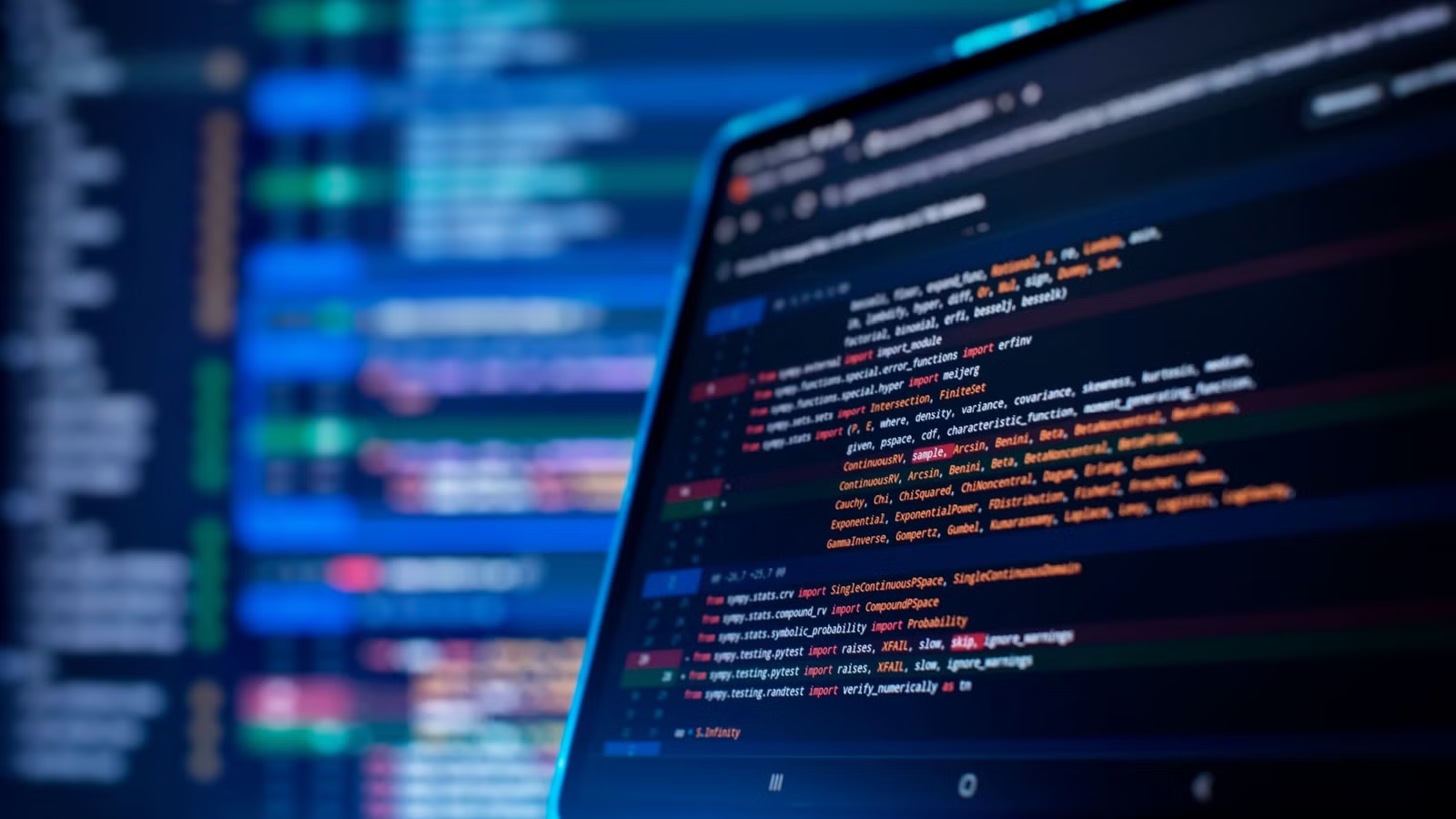OTHER
OpenAI Announces Groundbreaking Text-to-Video AI Tool Sora

The visionary creator behind ChatGPT, OpenAI has introduced a cutting-edge text-to-video artificial intelligence model named Sora.
The announcement has sent shockwaves across social media, as Sora showcases an unprecedented ability to generate hyper-realistic videos based on text prompts, leaving users in awe.
OpenAI’s blog post on Thursday described Sora as possessing “a deep understanding of language” and the capacity to create “compelling characters that express vibrant emotions.” The model goes beyond mere video generation, demonstrating an intricate grasp of complex scenes, multiple characters, specific motion types, and accurate environmental details.
According to OpenAI, Sora not only comprehends user prompts but also understands how these elements exist in the physical world. The results, showcased by OpenAI CEO Sam Altman on X, include realistic videos featuring golden retrievers podcasting on a mountain, a grandmother making gnocchi, and marine animals engaging in a bicycle race atop the ocean.
The hyper-realistic quality of Sora’s videos has left the online community astounded, with users praising the results as “out of this world” and a potential “game changer” in content creation. Some users expressed difficulty processing the generated videos even hours after their initial viewing.
However, alongside the excitement, concerns about potential risks have emerged, particularly in a year marked by closely watched elections globally, including the U.S. presidential election in November. OpenAI has acknowledged these concerns and outlined safety measures to address them before releasing Sora to the general public.
One crucial safety step involves collaboration with red teamers, domain experts specializing in areas such as misinformation, hateful content, and bias, who will adversarially test the model. OpenAI is also developing tools to detect misleading content, including a classifier to identify videos generated by Sora.
Despite the remarkable capabilities of Sora, OpenAI transparently acknowledges certain weaknesses in the model. Challenges include difficulties with continuity and distinguishing left from right, where, for instance, a person taking a bite out of a cookie may not leave a visible bite mark on the cookie.
It’s worth noting that OpenAI is not the sole player in the text-to-video AI arena. Rivals Meta and Google have also demonstrated their versions of text-to-video AI technology. However, Sora’s results stand out as exceptionally realistic, prompting comparisons and discussions about the potential impact on industries like video production.
While Sora has been publicly announced, OpenAI emphasizes that the model is still in the red-teaming phase, ensuring rigorous testing to prevent harmful or inappropriate content generation. Access to Sora is currently granted to a select group of visual artists, designers, and filmmakers, allowing them to provide feedback on how the model can best serve creative professionals without replacing their roles.
The announcement has sparked two primary reactions: one contemplating whether Sora will render video production obsolete and the other eagerly asking, “How can I try it?” OpenAI’s decision to grant access to creative professionals aligns with the intention to ensure that the technology enhances, rather than replaces, their creative endeavors.
While Sora’s public release timeline remains undisclosed, OpenAI has shared several demos of the model in action. CEO Sam Altman has been actively sharing videos of prompts requested by users on X, offering glimpses into the potential of this revolutionary text-to-video AI.
As the industry eagerly awaits further developments, Sora’s unveiling signifies a paradigm shift in content creation, opening doors to a new era of realistic, AI-generated visual storytelling.

















